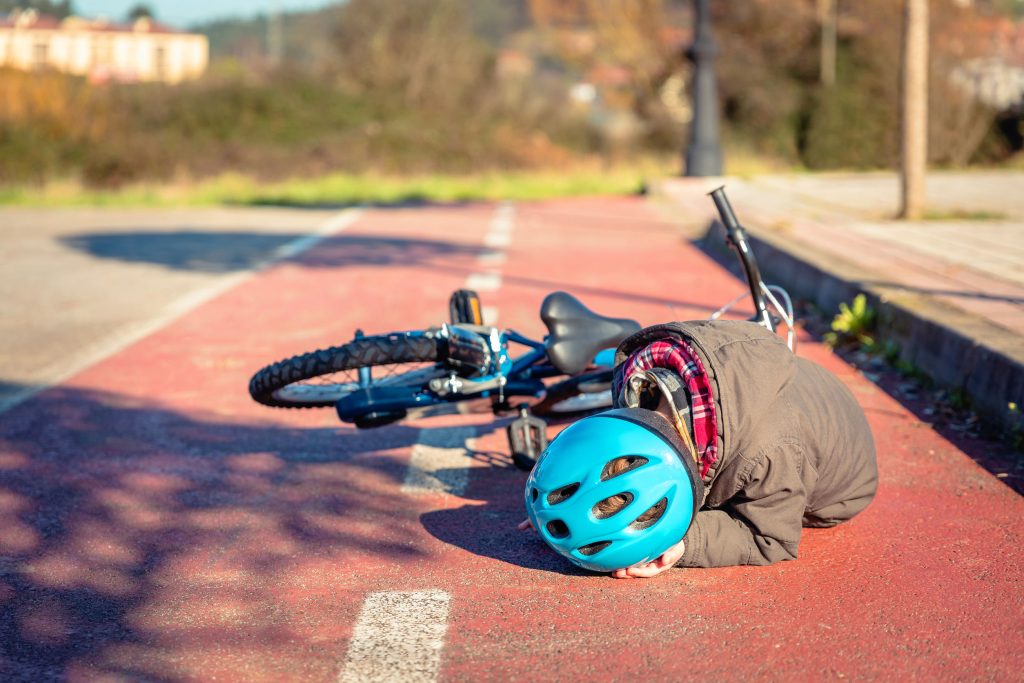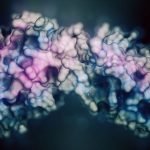Node Smith, ND
A recent study highlights the value of visual aids to help decision making between doctors and caregivers. The study specifically looked at a set of visual aids and charts designed to help decision making for parents of children with a minor head injury.1 The illustrations and charts helped parents communicate with emergency physicians and make more informed decisions about the care of their children.
This study underlines the value of using visual aids to convey complex physiological information
Though this study may be specific to head trauma in an emergency room setting, it underlines the value of using visual aids to convey complex physiological information, which corresponds to a series of potential diagnostic factors, tests and treatment options. For the average patient, there are a lot of factors to take in quickly when using medical jargon, especially in a stressful situation.
Why these visual aids were utilized in scenarios of minor head trauma
The reason why these visual aids were utilized in scenarios of minor head trauma is because this in an area where there is a lot of variance in responsible treatment based on physician experience, but also caregiver comfortability. The need for adequate and informed communication is therefore greater than severe head trauma, when the course of action is fairly clear. For head trauma resulting in an intermediate risk of TBI, a CT scan may not be the best course of action.
More than 450,000 children are evaluated in emergency rooms for head trauma each year
According to the U.S. Centers for Disease Control and Prevention (CDC), more than 450,000 children are evaluated in emergency rooms for head trauma each year. And even though CT imaging is a standard in diagnosing TBIs, less than 10 percent of children presenting with minor head trauma show evidence of brain injury, and only 0.2 percent require neurosurgical intervention.
Prediction tools
Prediction tools which stratify risk, as well as decision-making tools for parents, are approaches that allow for physicians to use scientific evidence as well as the patients’ values and preferences to reduce lifetime exposure to ionizing radiation, which has been linked to a number of cancers.
Study conducted by researchers from the Mayo Clinic
The study was conducted by researchers from the Mayo Clinic at 7 different medical centers. It included 172 physicians and 971 children (ages 2-18) who were seen for minor head trauma and were found to be at intermediate risk for TBI.
Overall findings of the study
The overall findings of the study were that“[p]arents who used the decision aid had a better understanding of the symptoms of concussion, their child’s relative risk of brain injury, and the pros and cons of cranial CT scans compared with active monitoring of signs and symptoms at home that would require a return visit to the emergency department,” said Erik Hess, an emergency medicine physician and first author of the study who is now at the University of Alabama Medical Center in Birmingham.
Parents were shown the visual aids
Parents who were shown the visual aids as part of the discussion of treatment for their children had greater knowledge of the risk of traumatic brain injury, as well as the diagnostic options. They demonstrated less decisional conflict, and more trust in their physician.
No difference in the use of CT scans noted
Interestingly, there was no difference in the use of CT scans noted between those parents who used the visual aids in their decision making process. However, those who used the visual aids had shorter stays in the emergency department, and used fewer health care services in the following week, including lab testing and Xrays.
 Node Smith, ND, is a naturopathic physician in Portland, OR and associate editor for NDNR. He has been instrumental in maintaining a firm connection to the philosophy and heritage of naturopathic medicine among the next generation of docs. He helped found the first multi-generational experiential retreat, which brings elders, alumni, and students together for a weekend camp-out where naturopathic medicine and medical philosophy are experienced in nature. Four years ago he helped found the non-profit, Association for Naturopathic ReVitalization (ANR), for which he serves as the board chairman. ANR has a mission to inspire health practitioners to embody the naturopathic principles through experiential education. Node also has a firm belief that the next era of naturopathic medicine will see a resurgence of in-patient facilities which use fasting, earthing, hydrotherapy and homeopathy to bring people back from chronic diseases of modern living; he is involved in numerous conversations and projects to bring about this vision.
Node Smith, ND, is a naturopathic physician in Portland, OR and associate editor for NDNR. He has been instrumental in maintaining a firm connection to the philosophy and heritage of naturopathic medicine among the next generation of docs. He helped found the first multi-generational experiential retreat, which brings elders, alumni, and students together for a weekend camp-out where naturopathic medicine and medical philosophy are experienced in nature. Four years ago he helped found the non-profit, Association for Naturopathic ReVitalization (ANR), for which he serves as the board chairman. ANR has a mission to inspire health practitioners to embody the naturopathic principles through experiential education. Node also has a firm belief that the next era of naturopathic medicine will see a resurgence of in-patient facilities which use fasting, earthing, hydrotherapy and homeopathy to bring people back from chronic diseases of modern living; he is involved in numerous conversations and projects to bring about this vision.




